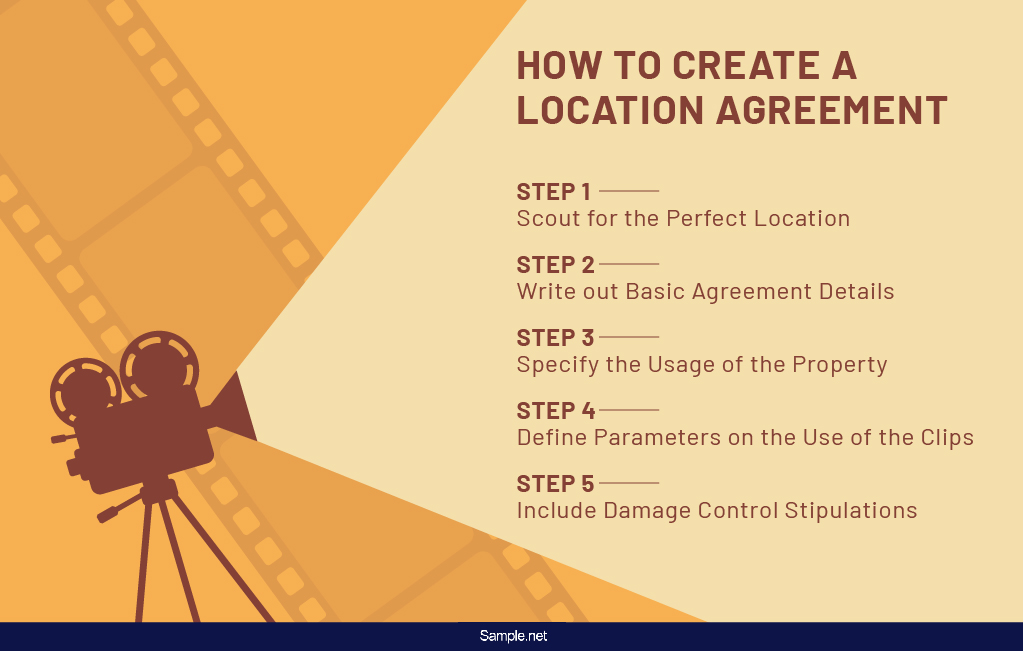52+ Sample Location Agreements
-
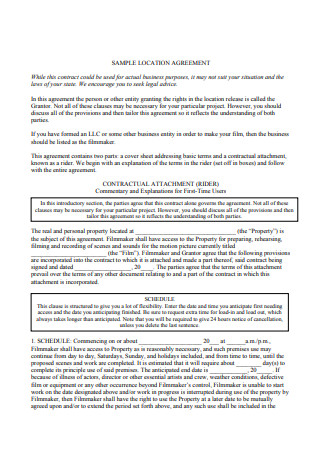
Sample Location Agreement
download now -
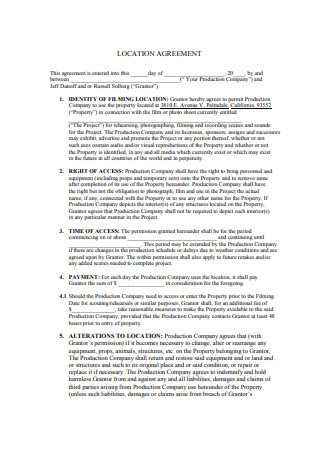
Location Agreement
download now -

Location Agreement Sample
download now -
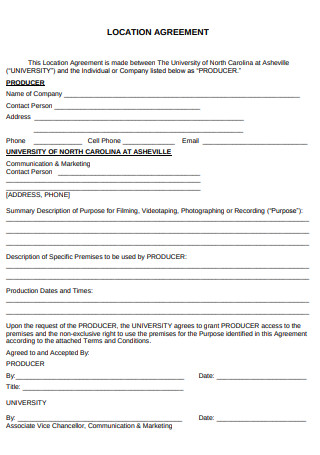
Location Agreement Form
download now -
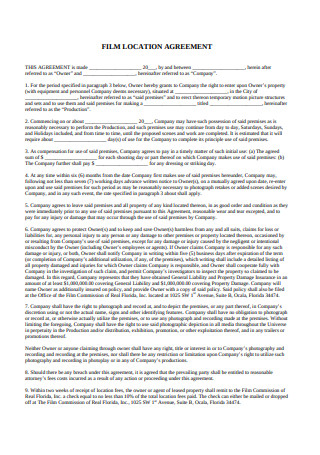
Film Location Agreement
download now -
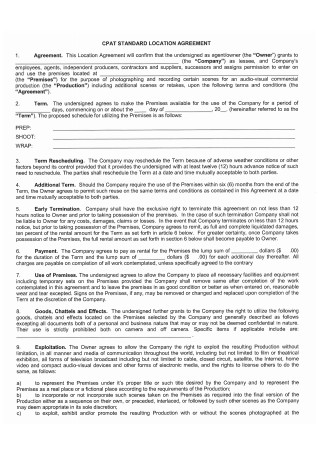
Standard Location Agreement
download now -
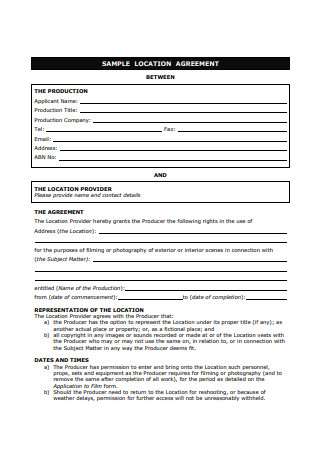
Film Location Agreement Sample
download now -
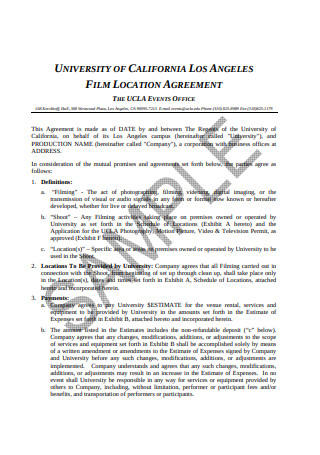
Sample Film Location Agreement
download now -
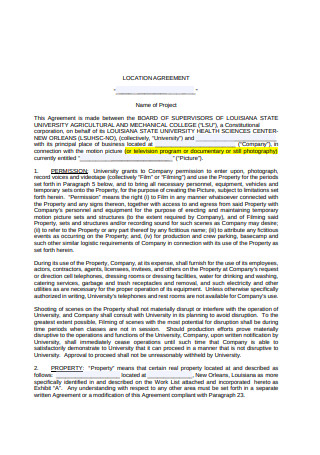
Location Agreement Example
download now -
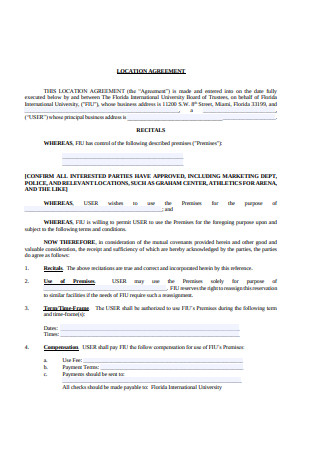
Basic Location Agreement
download now -

Photography Location Agreement
download now -
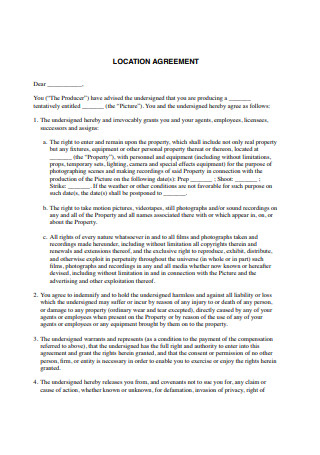
Location Agreement Format
download now -
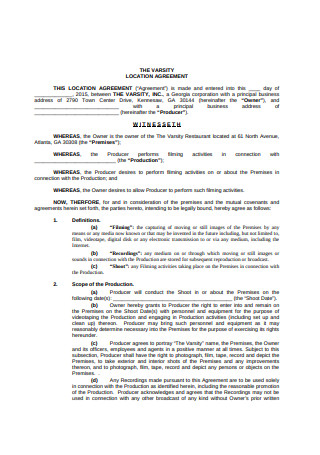
Varsity Location Agreement
download now -

Location Agreement Information Sheet
download now -
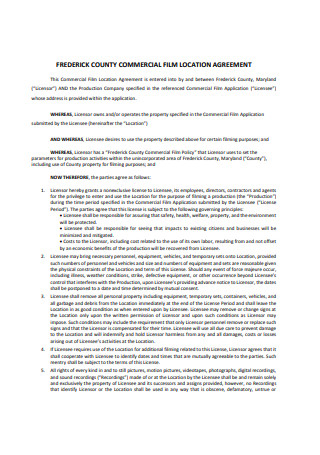
Commercial Film Location Agreement
download now -
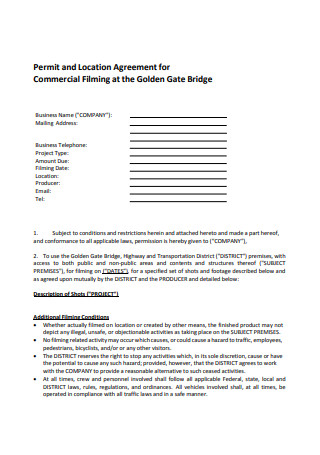
Commercial Film Location Agreement Sample
download now -

Sample Location Agreement Example
download now -
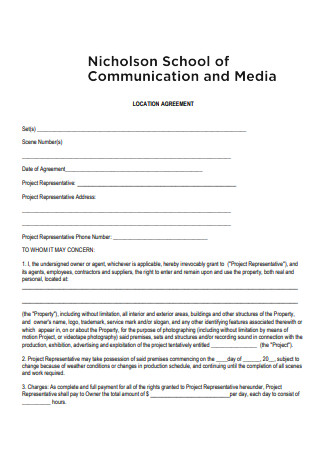
Sample Location Agreement Form
download now -
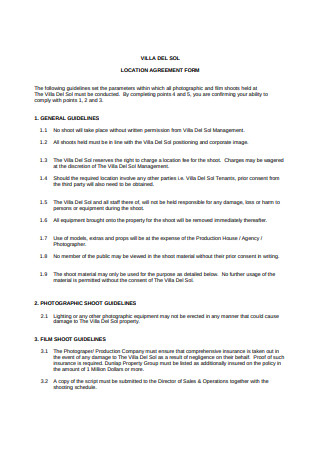
Photo Shoot Location Agreement Form
download now -
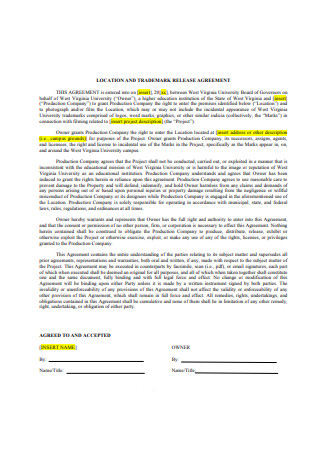
Location and Trademark Release Agreement
download now -
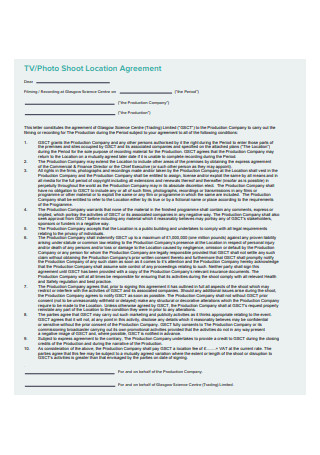
Photo Shoot Location Agreement
download now -
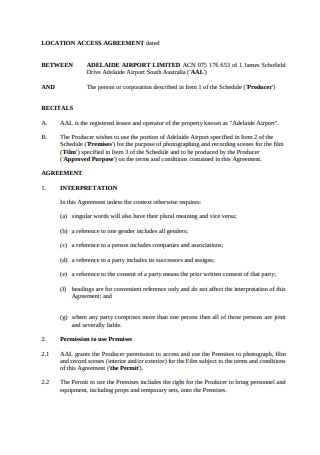
Location Access Agreement
download now -
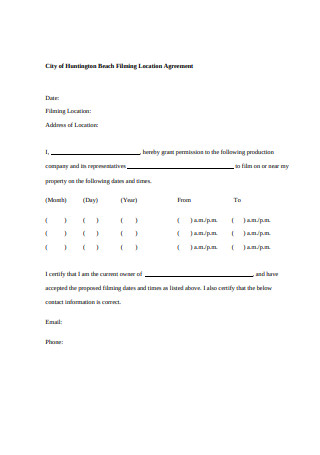
Film Location Agreement Format
download now -
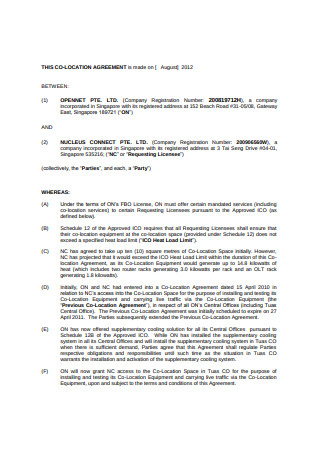
Co-Location Agreement
download now -
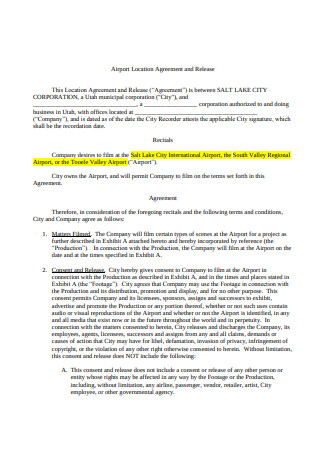
Airport Location Agreement
download now -

Location Agreement for Film
download now -
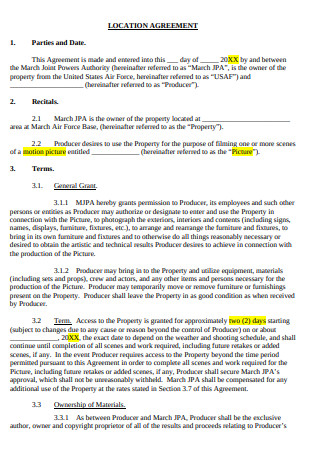
Standard Location Agreement Format
download now -

Co-location Agreement Example
download now -
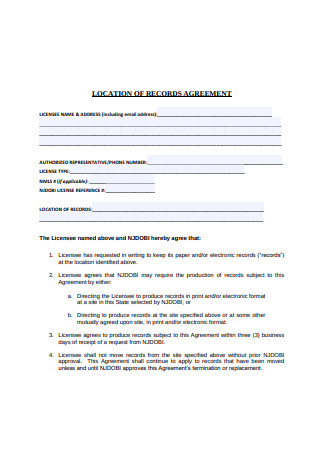
Location of Records Agreement Form
download now -

Private Property Film Location Agreement
download now -
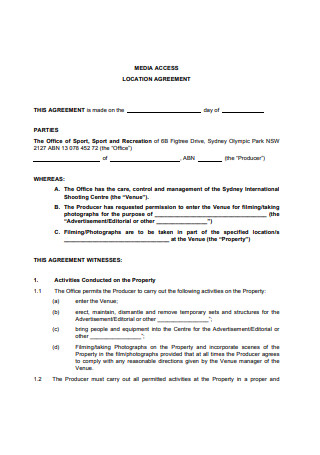
Media Access Location Agreement
download now -
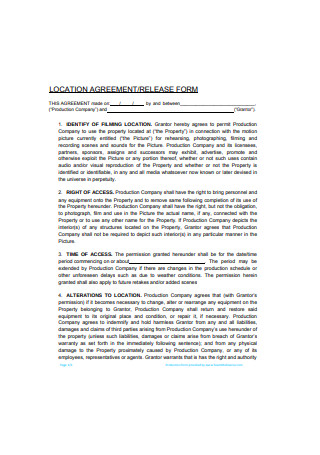
Sample Location Agreement Release Form
download now -
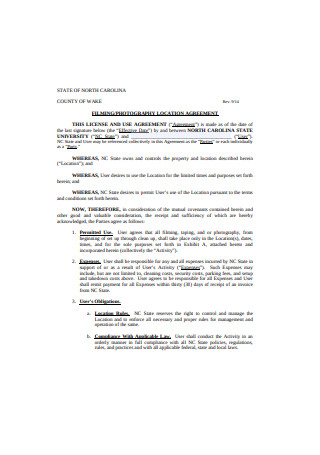
Photography Location Agreement Format
download now -
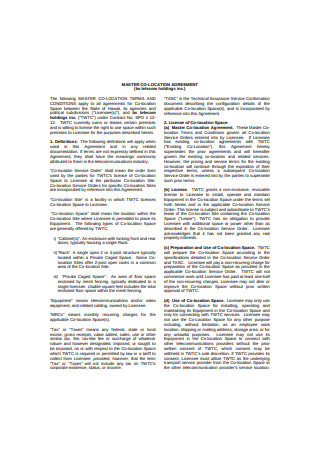
Co-location Equipment Agreement
download now -
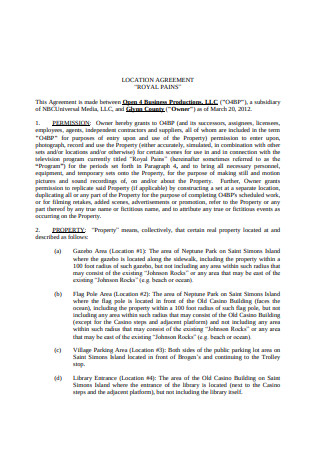
Simple Location Agreement
download now -
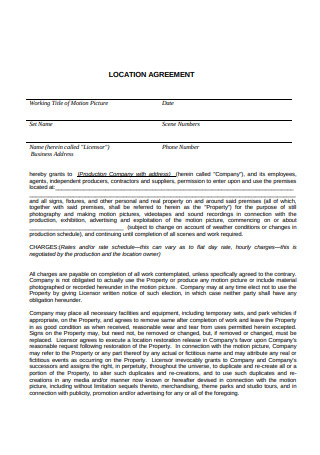
Formal Location Agreement
download now -
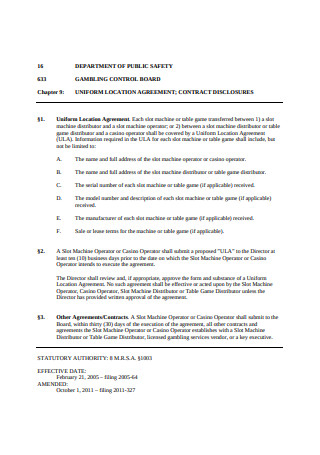
Uniform Location Agreement
download now -
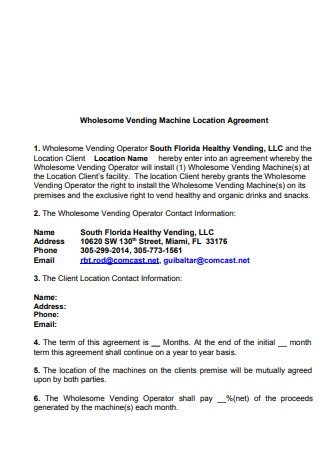
Machine Location Agreement
download now -
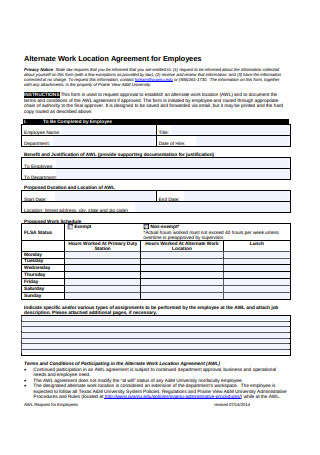
Location Agreement for Employees
download now -
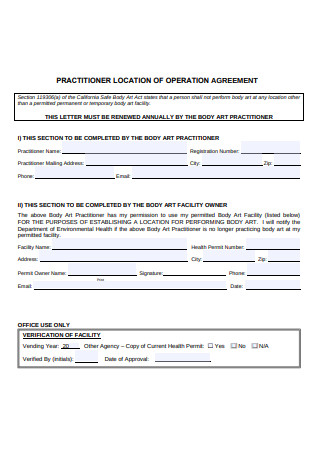
Location of Operation Agreement
download now -
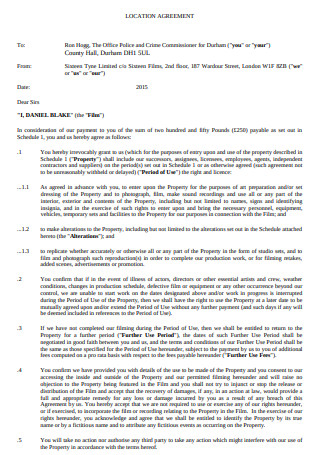
Sample Location Agreement Format
download now -

Facility Location Agreement
download now -
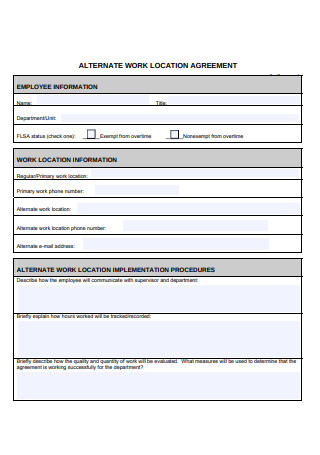
Work Location Agreement
download now -
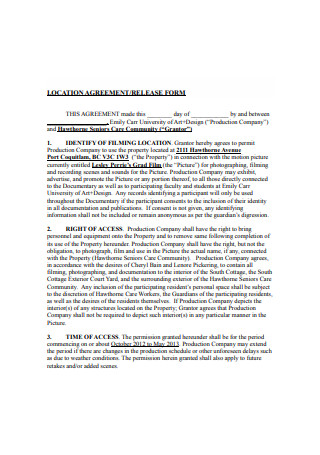
Basic Location Agreement Release Form Example
download now -

Simple Location Agreement Format
download now -
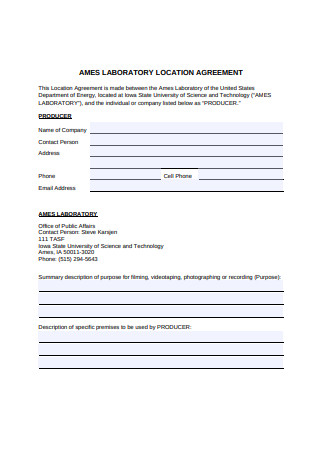
Laboratory Location Agreement
download now -
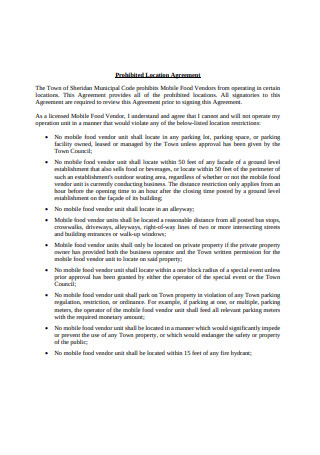
Prohibited Location Agreement
download now -

Sample Co-Location Agreement
download now -

Location Agreement and Release Form
download now -
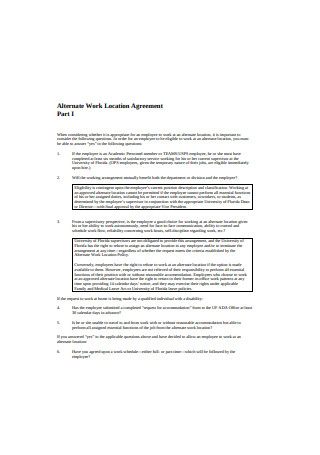
Work Location Agreement Example
download now -
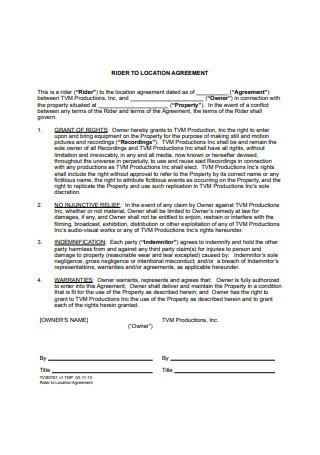
Rider to Location Agreement
download now -
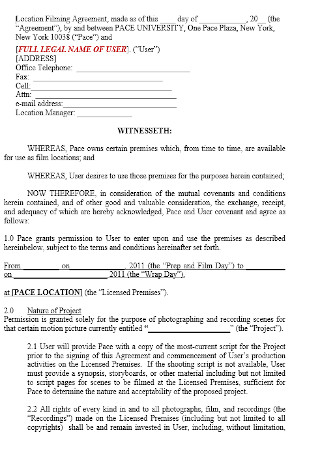
Location Filming Agreement
download now -
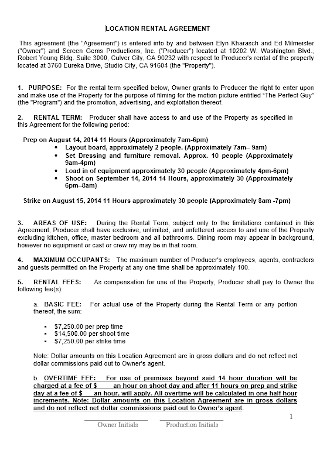
Location Rental Agreement Template
download now
What is a Location Agreement?
A single method and discipline cannot represent the complexity of the art. Not by a single stroke of a brush. Nor by a lone note of a song. Not even by a single frame of film. It comes in different broad disciplines, such as performing, conceptual, and visual arts. Paintings, plays, and movies create and immortalize moments. Videos, in particular, retell stories from children’s storybooks, novels, comic books, and real-life experiences. It is a hodgepodge of compelling elements such as the cast, musical score, and location. Especially the location. It establishes the mood and feel of the entire film.
Movies film in local suburbs, tropical islands, and old abandoned houses. At one glance, the establishing scenes of the film capture the attention of the audience and hook them into the movie. The film team scouts high and low for the perfect locations to make the film. Spotting the ideal location is the easy part; processing the paperwork to use the site legally is the tricky part. This is where a location agreement is required. It irons out the agreement between the filmmaker and the owner regarding the portrayal, duration, and use of the location.
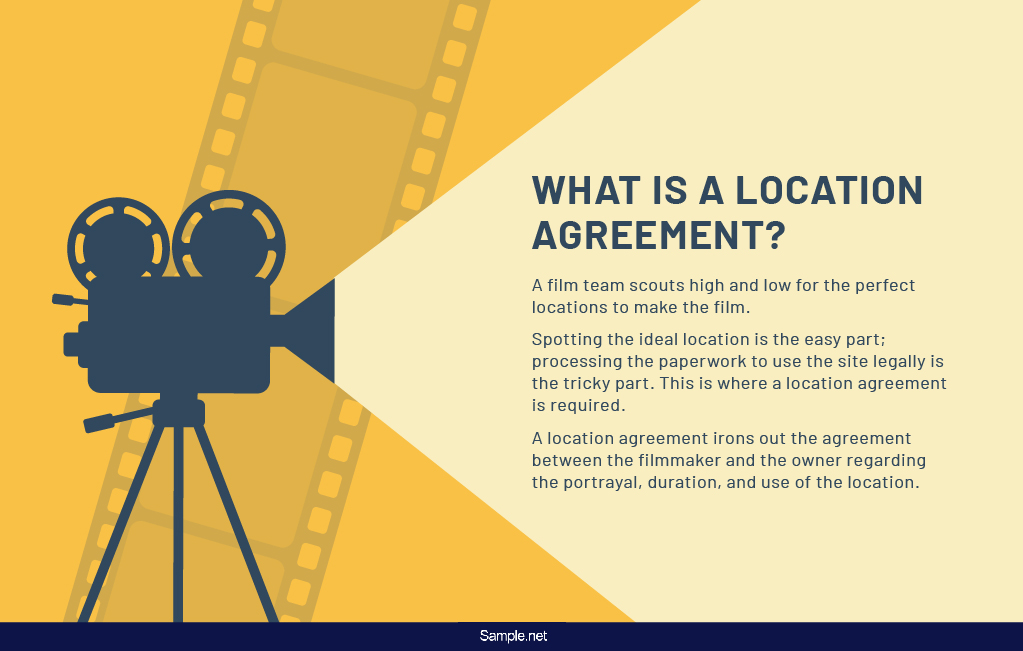
What to Include in a Winning Location Agreement?
Some owners of the prospect private locations may have apprehensions in granting their permission to use their property for the shooting. To have an excellent chance of getting a yes, make sure to draft a comprehensive location agreement. Do not forget to include the key elements that will clear out all the doubts of the owner. A well-constructed location agreement also decreases the possibility of disputes and efficiently clear out conflicts. It is a useful tool in avoiding costly and lengthy court proceedings. Here is a list of the elements that are vital in creating a compelling agreement.
Silver Screen Debut of Private Properties
Movie genres are categorized by similar components, therefore resulting in stereotypical feels, music arrangements, and locations. The mentioned features are essential in relaying the story effectively. Location, along with the ensemble and cinematography, relates directly to the audience and draws out the intended emotions.
Contrary to the common remark, the location is as significant as the presence of the characters. It carries out the mood of the entire story, whether it intends to inform or persuade. With its significance, successful movies in the past found the perfect locations that aid in telling its story.
‘Home Alone’
The 1990s hit movie ‘Home Alone’ was a family blockbuster. Children developed a new-found and irresistible determination to guard their family home over the holidays. This movie had several key features, especially the timeless brick house that the main character, Kevin, protected with a combination of traps. The brick mansion was rented for the entire duration of the filming. It is located in a suburb in Chicago. The house underwent several renovations and developments from the time it went on the silver screen, but its fame lives on after several years after its debut on the silver screen. The previous owners of the house even remarked that it was nice to have onlookers, admirers of the house throughout the years.
Apartment for ‘Friends’
In the ten-year run of the sitcom Friends, most of the interior shots were in Monica’s two-bedroom apartment. All the Thanksgiving dinners and New Year’s Eve parties were in the apartment. For avid fans, living in a similar apartment with the same group of friends is a dream come true. Sorry to burst the bubble, but the interior shots of the apartment was a set.
On the other hand, the exterior shots of the apartment building are real. The building is in the West Village in New York. Currently, the place is a popular tourist attraction because of the booming success of the series despite its ending more than a decade ago. Tourists and fans flock the place to take pictures of the building. Despite the absence of the apartment unit that the fans expect to see, the facade of the building somehow provides the same sense of nostalgia for the onlookers.
‘Harry Potter’s’ Muggle Residence
Living in a charming brick house was in every pre-teens’ dream during the stellar success of the first Harry Potter film. All of a sudden, everyone wanted to live in a cupboard under the stairs. That notable yet simple residence was actually in a modest neighborhood in West London. The franchise produced eight movies in total, yet that house was used for the first movie only. The team decided to build their Privet Drive for the succeeding films, which is still available for viewing. However, the original house went up for sale in 2016. Surely, somewhere in West London, someone is living the childhood dream of owning the home with a cupboard under the stairs.
How to Create a Location Agreement?
Finding the perfect and most suitable location is considerably easy than drafting the perfect location agreement. Both parties have essential details to contribute to the agreement, therefore, making one requires full cooperation from both sides. Composing a location agreement also requires several key statements and stipulations to make it fully effective. It requires provisions that protect the interests of everyone involved in the transaction. If you are planning in making one, read through this short procedure to breeze through the process.
Step 1: Scout for the Perfect Location
The first step to create a tailor-fit location agreement is to understand the need of the team. Having a thorough analysis streamlines the search process, thus spending fewer resources. Whether the movie needs a tropical setting or a place with a mountain view, the team knows who to contact or where to look for. And if the locations are determined, the next best thing to do is to gather the vital details. The needed information includes the name, business email, and contact details. It is also common to go through real estate agencies, companies, and government units to rent particular properties or pieces of land.
Step 2: Write out Basic Agreement Details
After verbally expressing interest in renting the place by contacting the owners or guardians, it is time to write down all the details of the agreement. Starting from the proper statement of interest to introducing the parties involved in the deal. The beginning part of the contract should also immediately contain the statement expressing the approval of the owner regarding the use of the property. The grant of entry must be explicitly stated to do away from possible breaking-and-entering cases. Moreover, the first few statements of the contract should also contain the necessary details of the agreement. Including the schedule of the activities. Details regarding the plan should be accurate and specific because the terms of the payment hugely rely on these pieces of information.
Step 3: Specify the Usage of the Property
Next to the details, as mentioned earlier, the information regarding the use of the property follows. It should specify the material it produces if it is a film, photographs, or snippets for smaller-scale audiovisuals. Several stipulations specify this matter. It includes the specific duration of the rental and the breakdown of the activities. The breakdown can be as simple as preparation, shooting, and wrap up for more significant scale events. For small-time shoots, the schedule can be broken down in hours or a span of two to three days. Aside from providing this specific detail, the corresponding rate of rent is provided by the owner of the site. The price can vary depending on how it is used and for how long. A detailed computation of the total payment is also an important feature in a location agreement.
Step 4: Define Parameters on the Use of the Clips
As the filmmakers or photographers, it is your responsibility to explain the parameters of the reproduction of the raw material and, most importantly, the final output. Make sure to include the stipulations that state that the owner of the property cannot dictate whether or not a particular clip makes it into the final output. Thoroughly explain that these decisions are up to the creative team. Also, do not forget to include statements regarding the portrayal of the property. In the same manner, the owner or the agency governing the stewardship of the area cannot dictate how the area should be presented to the audience. Once again, it is dependent on the need and creative direction of the movie or photo shoot.
Most importantly, the agreement should contain a provision regarding the ownership of the rights. The production studio has the sole proprietorship of the clips filmed onsite, raw, and processed. This full ownership means that they can reproduce the clips featuring the private property as much as they want and in any form of media.
Step 5: Include Damage Control Stipulations
Lastly, do not forget to include statements that concern possible property damages during the entire duration of the rent. It is important to establish the accountability of the renters when there are damages to the property. Having these details in writing means that the other party can legally demand the renter to pay or replace the damages. Moreover, these written statements are the simplest forms of settlement between the parties. To avoid costly court hearings.
